
Humans are putting nature in danger at an unprecedented pace. As many as 1 million plants and animals face extinction within just a few decades, and humans are to blame, according to a recently released United Nations report. All over the world, the average abundance of native plant and animal life has fallen by at least 20%, most of it just over the last century.
More than 27,000 species are threatened with extinction right now, according to the International Union for Conservation of Nature — one of the world’s most prominent advocates for preserving nature. This is more than 27% of all species the organization has assessed.
24/7 Tempo reviewed the IUCN Red List of Threatened Species. We listed the 23 animals whose status changed in 2019 to critically endangered — in some cases possibly extinct. Just in 2018, these animals were classified anywhere from endangered to least concern.
Global warming, which most climate scientists contribute to human activities, is a major threat to the existence of many plant species. A third of reef corals, for example, are under threat. This is just one of at least 26 disaster scenarios caused by climate change.
In addition to climate change, marine and wildlife face dangers that are even more directly associated with people — including fishing, hunting, water pollution, and deforestation. All of these lead to loss of their natural habitat, which makes their long-term survival less likely.
Click here to read about animals humans are driving to extinction
Methodology
To identify species humans are driving to extinction, 24/7 Tempo reviewed the 2019 International Union for Conservation of Nature (IUCN) Red List of Threatened Species. As of 2019, more than 27,000 species were threatened with extinction. A total of 37 species were classified as critically endangered in 2019, some even possibly extinct. Their status ranged from least concern to vulnerable and endangered in 2018. Some of the 37 species were from the same genus and were combined on our list under the same name of critically endangered animal. While listed below are animals going extinct due to human actions, here are animals that could go extinct due to climate change.
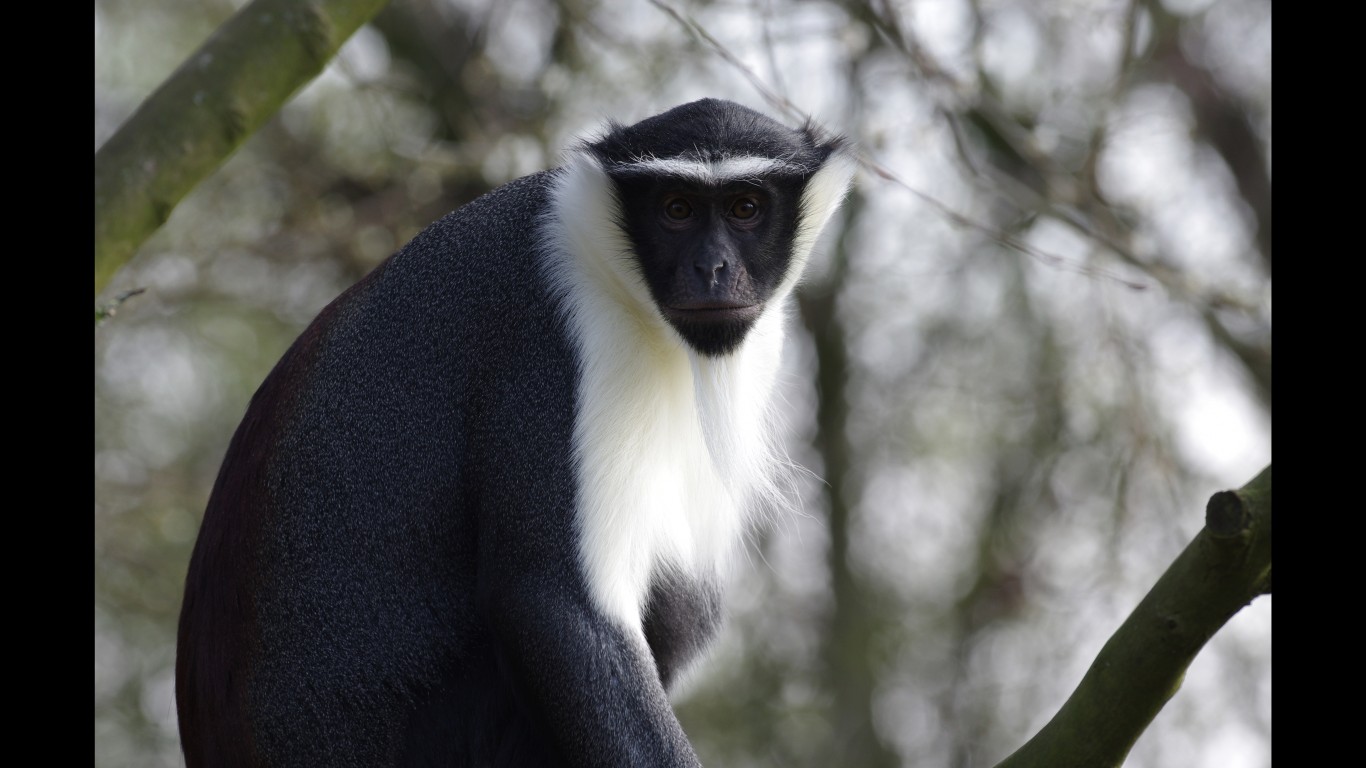
1. Roloway Monkey
> Scientific name: Cercopithecus roloway
> Animal type: Mammal
Native to Ghana, the roloway monkey status changed from endangered a year ago to critically endangered in 2019. The monkeys are found in the country’s undisturbed forests and cannot adapt well to habitat changes. But Ghana has lost 80% of its forested land over the last century and there has been a decline in the monkeys’ population. The roloway monkeys face another threat — they are being hunted for bushmeat.
[in-text-ad]

2. Three-Striped Roofed Turtle
> Scientific name: Batagur dhongoka
> Animal type: Reptile
The three-striped roofed turtle lives in wetlands in Bangladesh, India, and Nepal. It is facing several threats, including overharvesting and habitat loss caused by pollution from urban waste water as well as water-extraction for agricultural projects and human consumption.
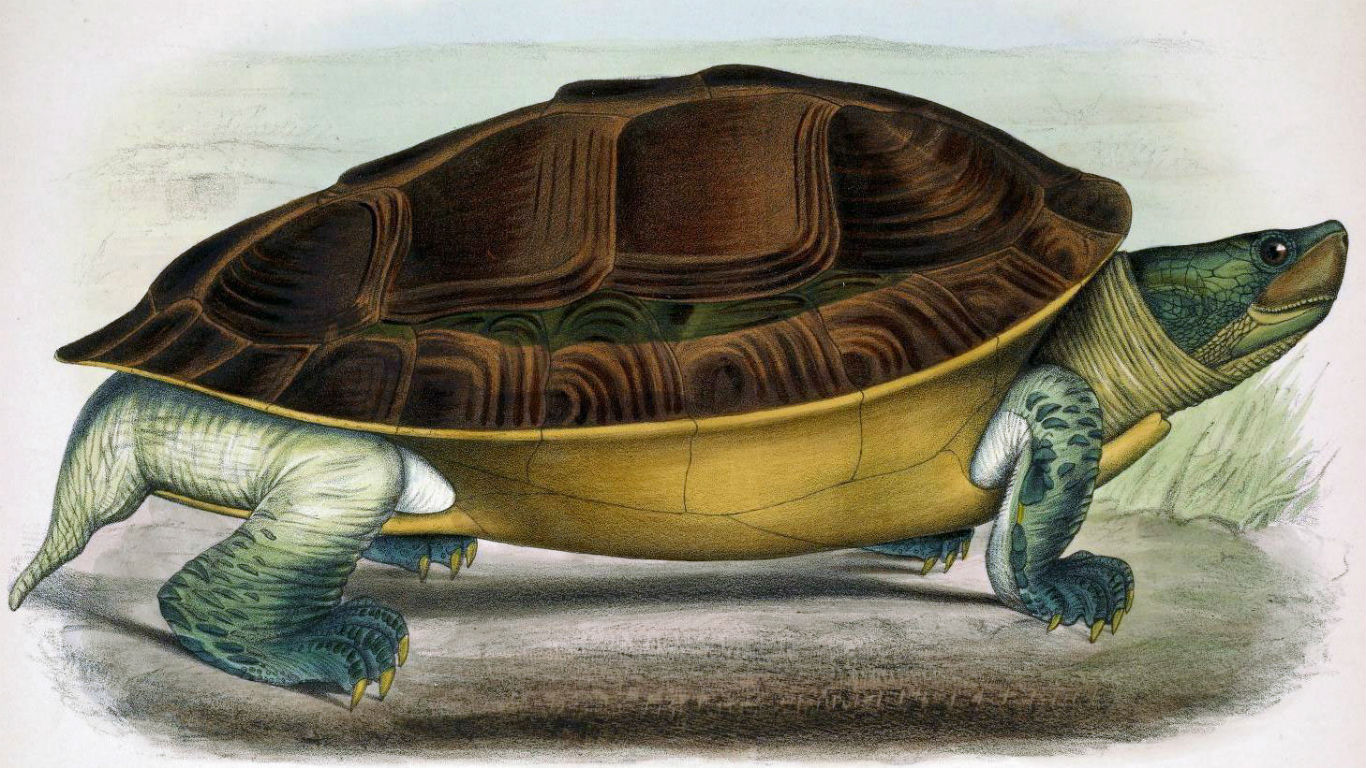
3. Burmese Roofed Turtle
> Scientific name: Batagur trivittata
> Animal type: Reptile
This turtle species is among the world’s most endangered. Only one wild population is known to remain as of 2017 — in Myanmar. There are only 10 mature (breeding) individuals left in the world, according to the International Union for Conservation of Nature (IUCN). Overfishing and harvesting their aquatic resources are two of the main reasons the Burmeese roofed turtles are critically endangered.
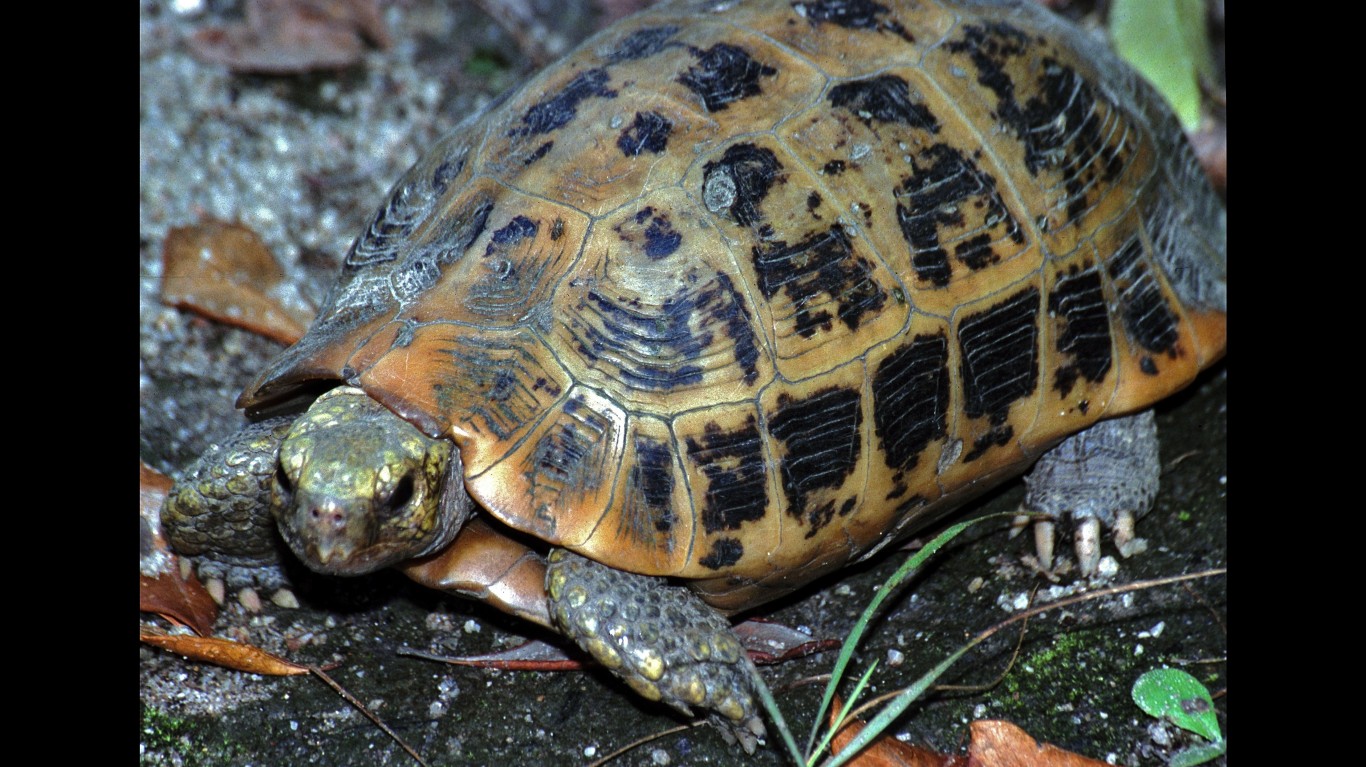
4. Elongated Tortoise
> Scientific name: Indotestudo elongata
> Animal type: Reptile
The biggest threat to the elongated tortoise, which lives in Cambodia, is pet trade, according to the World Wide Fund for Nature. This is the most commonly confiscated tortoise species in the country. They are also being hunted for food and found in Asian food markets, especially in China, after being shipped from Vietnam.
[in-text-ad-2]
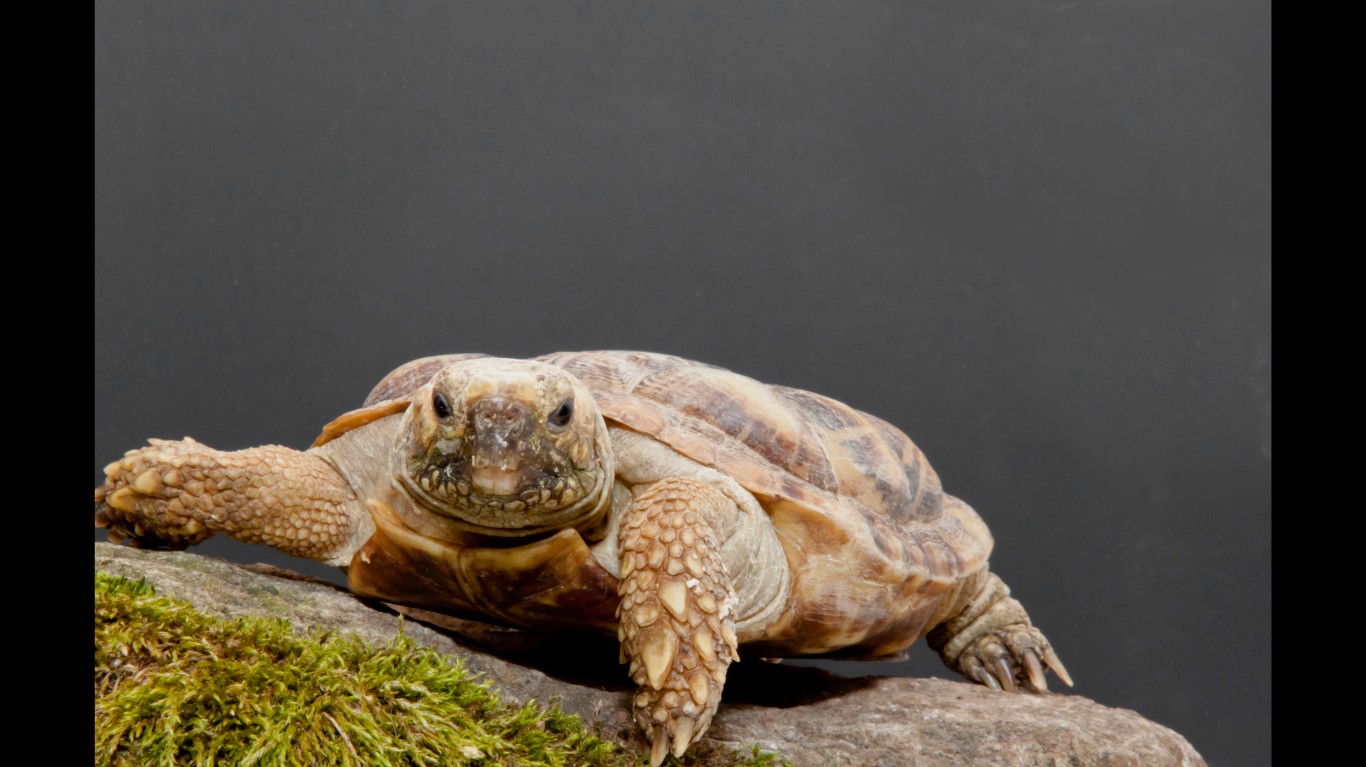
5. Pancake Tortoise
> Scientific name: Malacochersus tornieri
> Animal type: Reptile
In just one year, the pancake tortoise’s status went from vulnerable to critically endangered, according to the IUCN. The population of the pancake tortoise, which gets its name from its flattened shell, is severely fragmented, with decline even in small subpopulations. They are found in Kenya, Tanzania, and Zambia. People hunt them for a quality that makes them valuable for pet trade — they can crawl and live into narrow rock crevices, which is not a habitat suitable for any other tortoise species.

6. Asian Giant Tortoise
> Scientific name: Manouria emys
> Animal type: Reptile
The Asian giant tortoise lives in several countries in Southeast Asia. They have become critically endangered because they are being hunted for food and medicine as well as due to habitat destruction. They live in moist tropical forests with temperature preferably between 55 F and 85 F, which makes them vulnerable to droughts.
[in-text-ad]
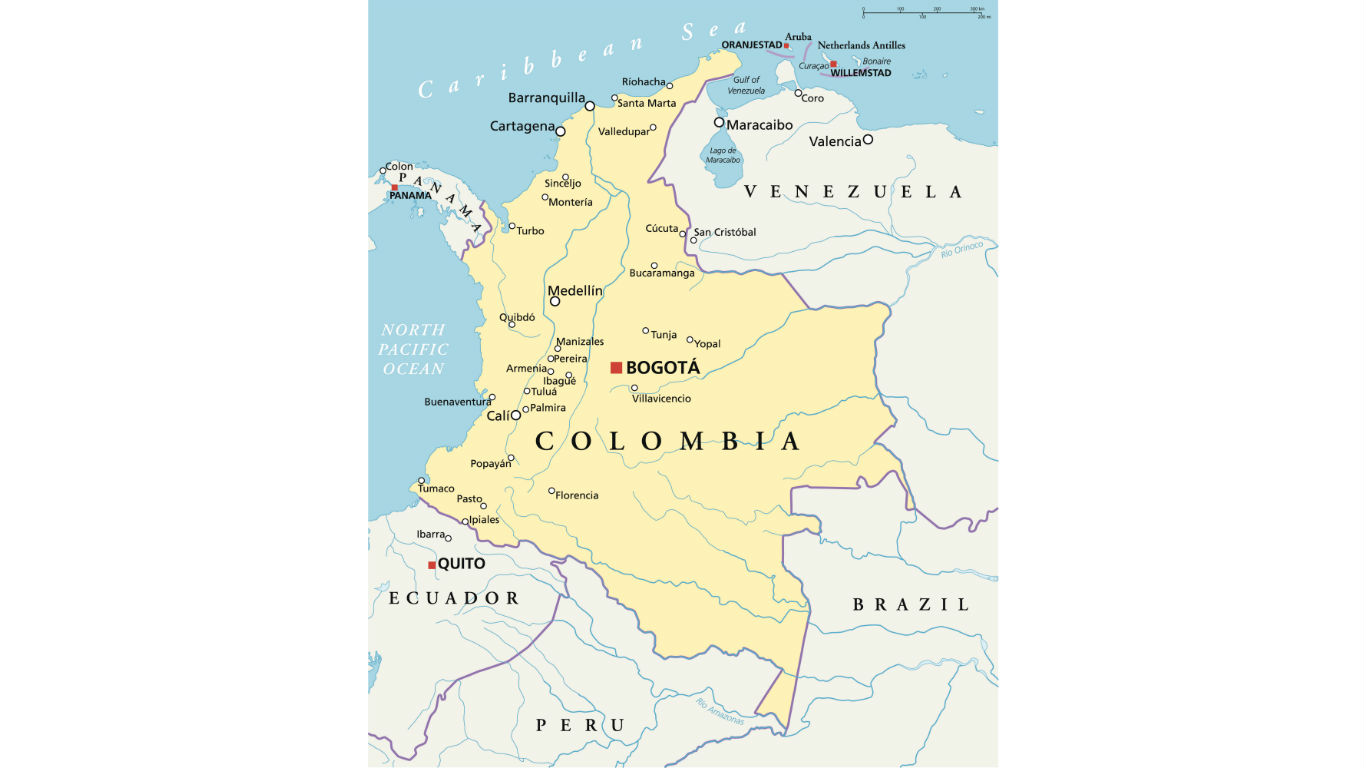
7. La Planada Poison Frog
> Scientific name: Ameerega andina
> Animal type: Amphibian
The la planada poison frog lives in Colombia. The frog’s natural habitats are subtropical or tropical moist forests and rivers. Deforestation and droughts are significantly diminishing its natural habitat, contributing to its new status as a critically endangered species.

8. Degranville’s Rocket Frog
> Scientific name: Anomaloglossus degranvillei
> Animal type: Amphibian
In an unusually large adjustment, the IUCN changed the Degranville’s rocket frog classification straight from least concern as of 2018 to critically endangered in 2019. The rocket frog, which is named after botanist Jean-Jacques de Granville, is endemic to several massifs in central French Guiana, but it is also likely to be found in Suriname and Brazil, and possibly in Guyana.
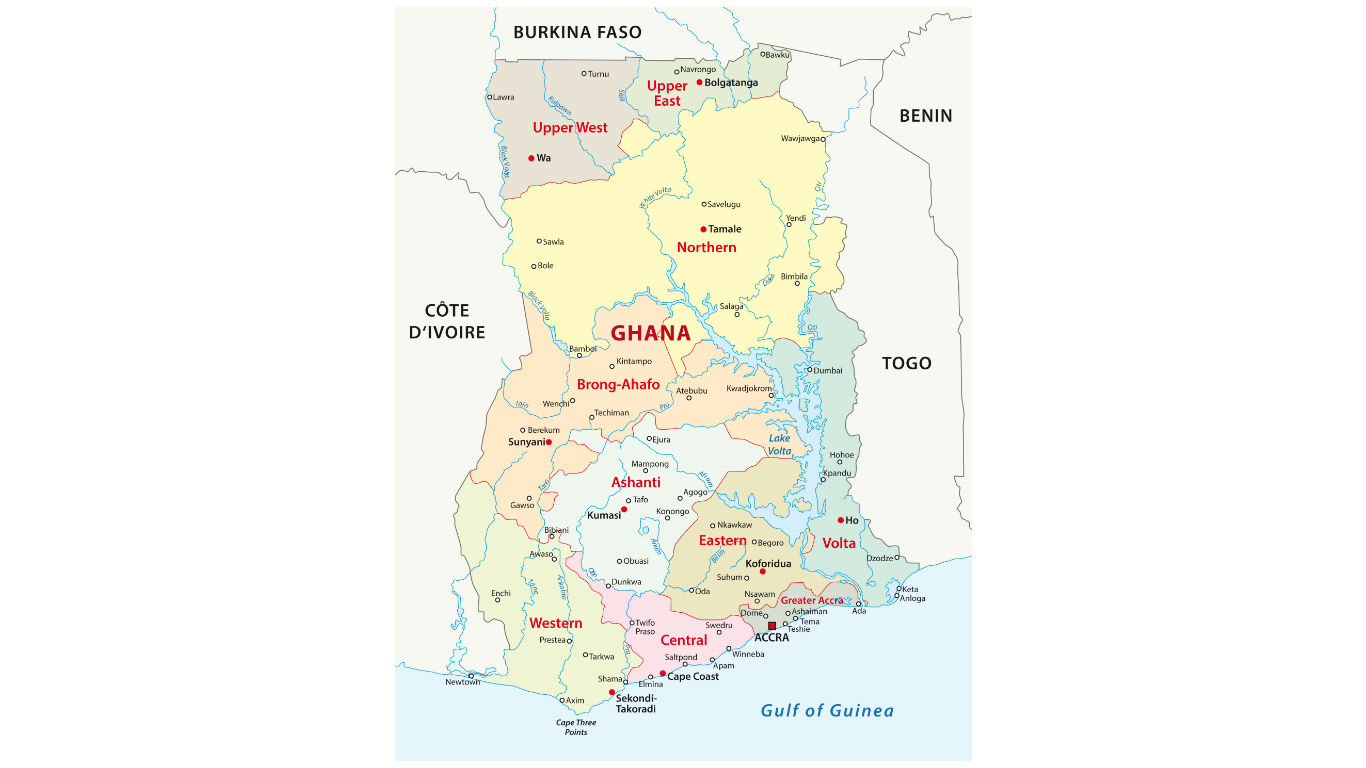
9. Krokosua Squeaking Frog
> Scientific name: Arthroleptis krokosua
> Animal type: Amphibian
Several factors threaten the Krokosua squeaking frog. The IUCN changed the frog’s status from near threatened in 2018 to critically endangered in 2019. The frogs survives in several reserves across Ghana and Guinea, but the vegetation of Ghanaian reserves has been disturbed by logging activities, farming, mining, and illegal plantations. Wildfires have destroyed the frogs’ leaf-litter microhabitat. When an extensive search was made in the Sui Forest Reserve over two days, only 14 individuals were found.
[in-text-ad-2]
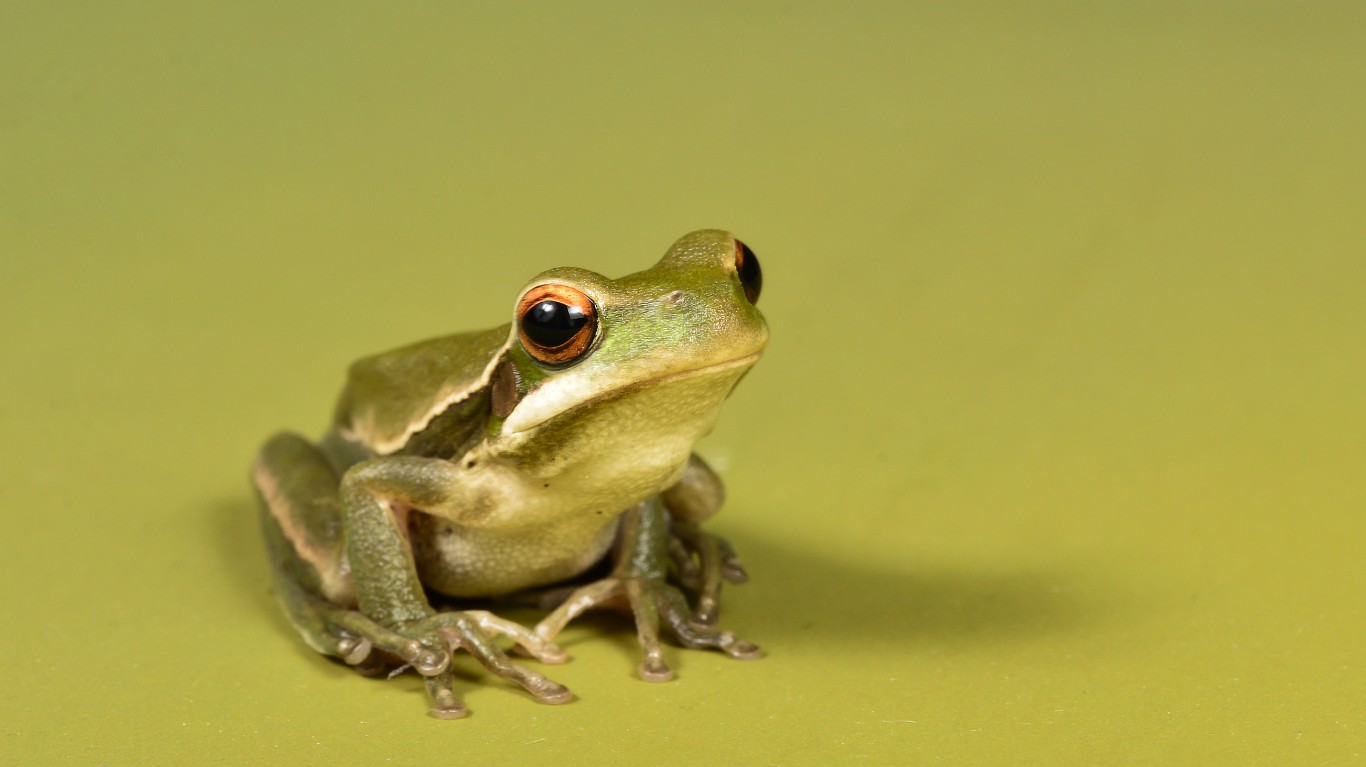
10. Patagonia Frog
> Scientific name: Atelognathus patagonicus
> Animal type: Amphibian
The Patagonia frog is native to Argentina. The main threat this frog faces is degradation of its natural habitat — wetlands, shrubland, and grassland — caused by livestock drinking from the lagoons and grazing on the aquatic vegetation. The frog depends on aquatic vegetation, which has been significantly disturbed by prolonged droughts in the region between 2010 and 2016.
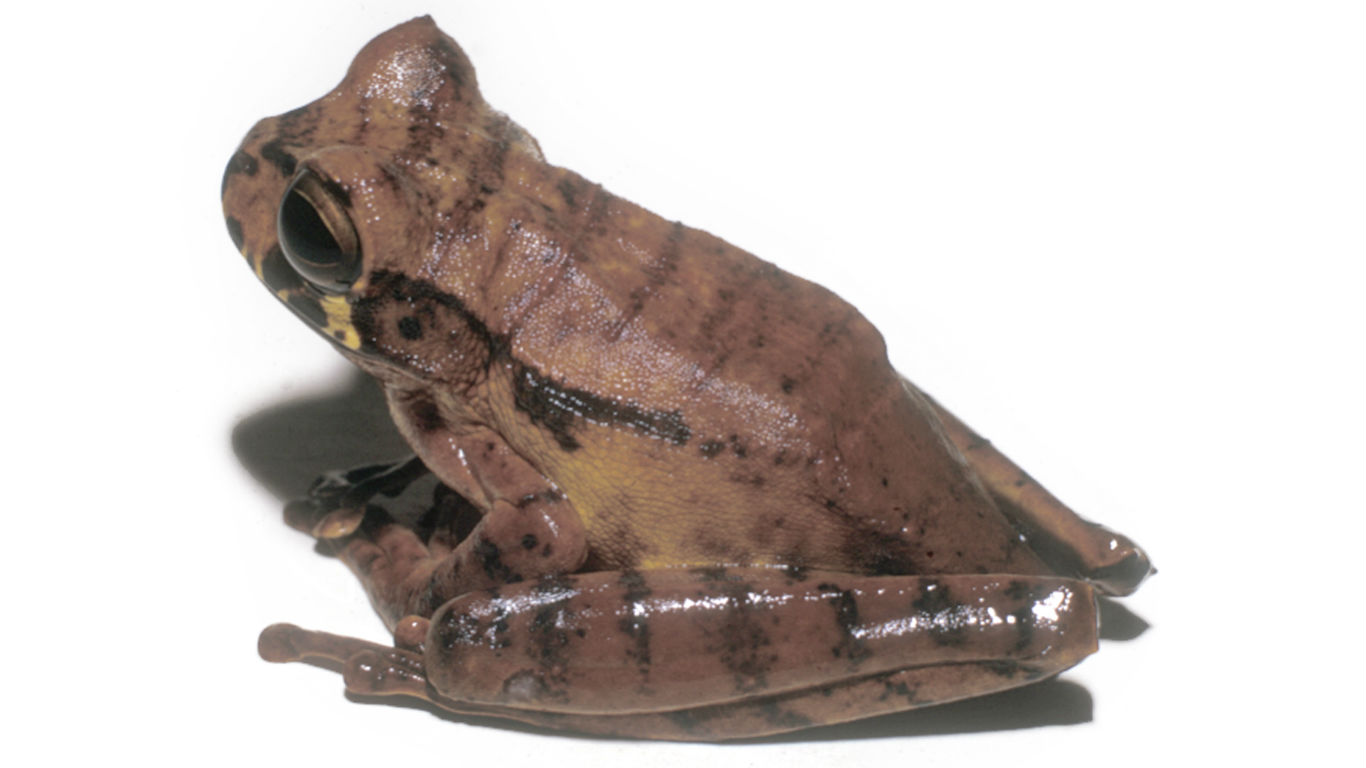
11. Pacific Marsupial Frog
> Scientific name: Gastrotheca angustifrons
> Animal type: Amphibian
The Pacific marsupial frog, which lives in Colombia and Ecuador, is another species that has gone from a relative lower threat level of vulnerable straight to critically endangered (and even possibly extinct) in just one year, according to the IUCN. There are between zero and 49 mating individuals left in the world. The biggest dangers to the frog’s existence are illegal crops, logging, and mining activities, all of which have led to significant loss of habitat.
[in-text-ad]

12. Calilegua’s Marsupial Frog
> Scientific name: Gastrotheca christiani
> Animal type: Amphibian
By some accounts, the Calilegua’s marsupial frog, which is native to Argentina, has not been seen in the wild for more than 20 years. The frog is facing threats due to habitat loss, climate change, and disease. There is some hope the species has not been extinct — yet. Biologists recorded a sound that could be the frog in 2017.

13. Microkayla boettgeri
> Scientific name: Microkayla boettgeri
> Animal type: Amphibian
The IUCN doesn’t list a common name for the microkayla boettgeri. Just a year ago, the native to Peru species of amphibians, which were named after Joseph Boettger, who discovered them, were listed as near endangered. In 2019, their status changed to critically endangered.
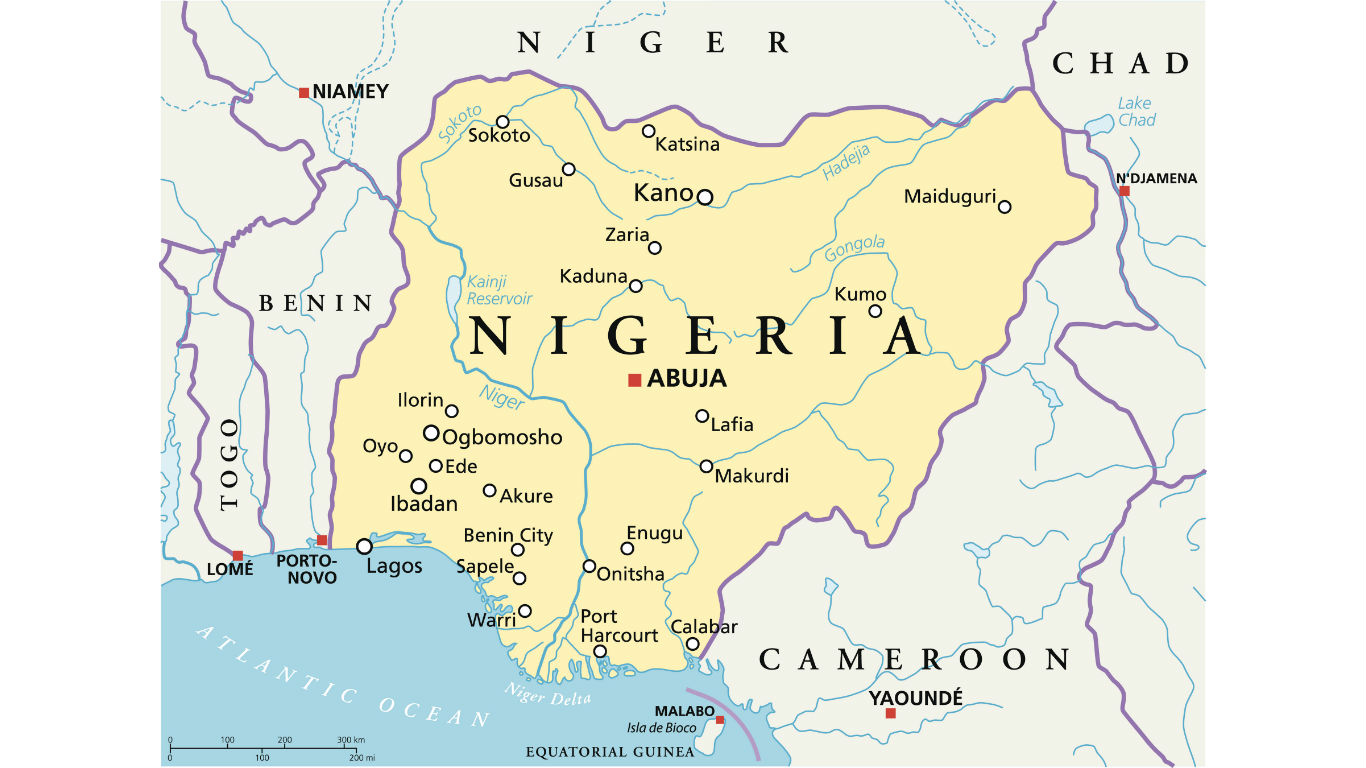
14. Steindachner’s River Frog
> Scientific name: Phrynobatrachus steindachneri
> Animal type: Amphibian
Amphibians are some of the most threatened animal groups in the world. The Steindachner’s river frog’s status in 2018 was vulnerable, according to the IUCN. The species has been reclassified as critically endangered in 2019 largely due to the frogs’ limited range sizes — they are only found in forests in Cameroon and eastern Nigeria — and recent, substantial population decline. Deforestation is the biggest threat to the species’ existence.
[in-text-ad-2]

15. Cacao Robber Frog
> Scientific name: Pristimantis cacao
> Animal type: Amphibian
Pristimantis cacao is a large genus of frogs found in the southern Caribbean and Central and South America. The cacao robber frog, in particular, is endemic to Colombia. A major threat to the frogs’ existence is the planting of illegal crops, which has led to a significant habitat loss. Four other Pristimantis species are also critically endangered: chrysops, deinops, diogenes, and reclusas.

16. Tandayapa Andes Toad
> Scientific name: Rhaebo olallai
> Animal type: Amphibian
The Tandayapa Andes toad was thought to have been lost since 1970. It was found in a very remote and difficult to explore area in Ecuador, “in a place the species hadn’t been found before,” according to the Global Wildlife Conservation. The area is just about 500 acres, but open-pit mines are destroying the area, threatening the species’ very existence.
[in-text-ad]

17. Mindo Robber Frog
> Scientific name: Strabomantis necerus
> Animal type: Amphibian
The Mindo robber frog status was vulnerable last year; now it is critically endangered, possibly extinct. The IUCN estimates no more than 49 mature individuals remain in Colombia and Ecuador, where the frog can be found. Illegal crops, deforestation, and mining have significantly disturbed and reduced the species’ natural habitat.
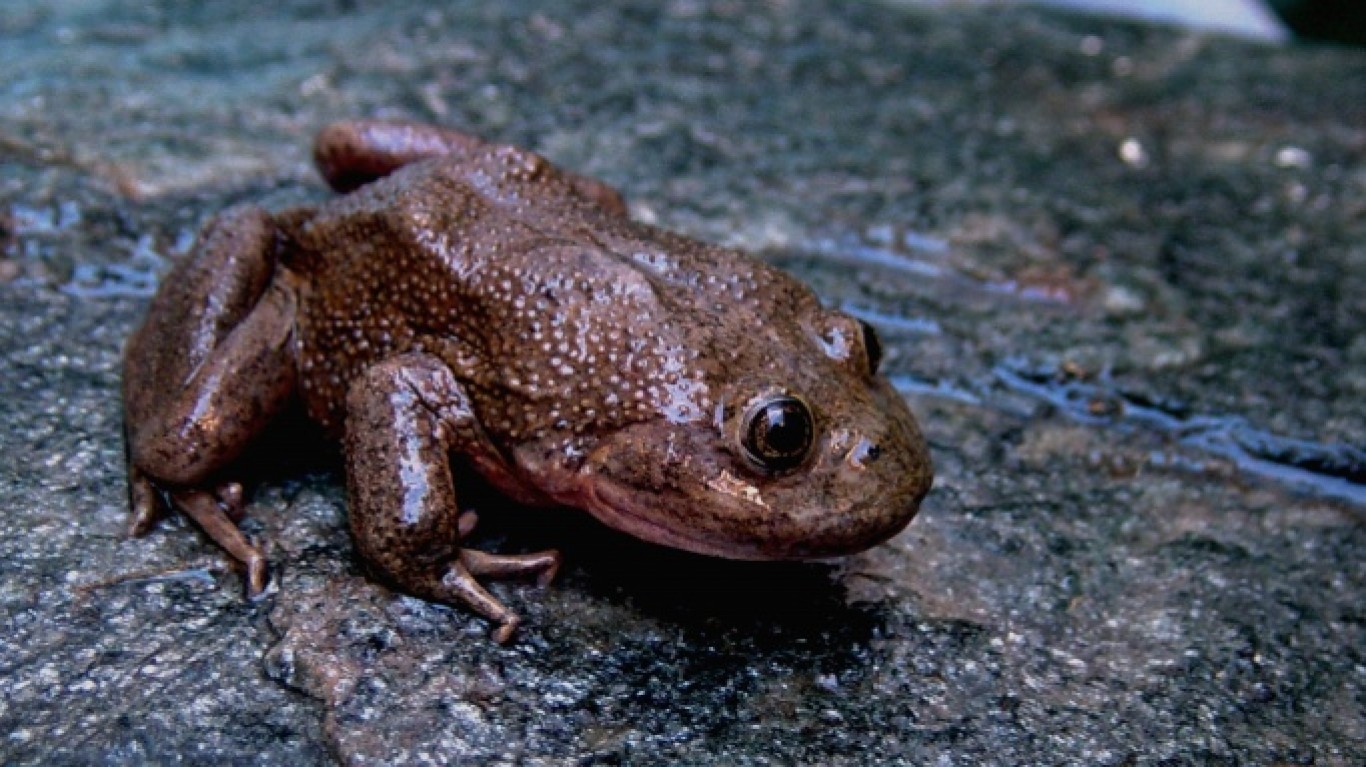
18. Telmatobius fronteriensis
> Scientific name: Telmatobius fronteriensis
> Animal type: Amphibian
The IUCN doesn’t list a common name for the telmatobius fronteriensis, an amphibian species found in rivers, freshwater marshes, and wetlands in Chile and possibly Bolivia. Extraction of surface water, which is already scarce in the region, is a threat to the species’ natural habitat. One of the biggest copper mining companies in the country operates near the site where the species are found. Sulfur mining has been a significant threat to the species in the past.

19. Mertens’ Smalltongue Toad
> Scientific name: Werneria mertensiana
> Animal type: Amphibian
The merten’s smalltongue toad is native to Equatorial Guinea, Nigeria, and Cameroon. Its habitat type is forests, rocky areas such as mountain peaks, and wetlands. Although the exact number of mating pairs is not known, the species is under serious threat due to significant agricultural encroachment and human settlement, which have reduced their natural habitat. Chytridiomycosis, a disease caused by a fungus, may also be to blame, according to the IUCN.
[in-text-ad-2]
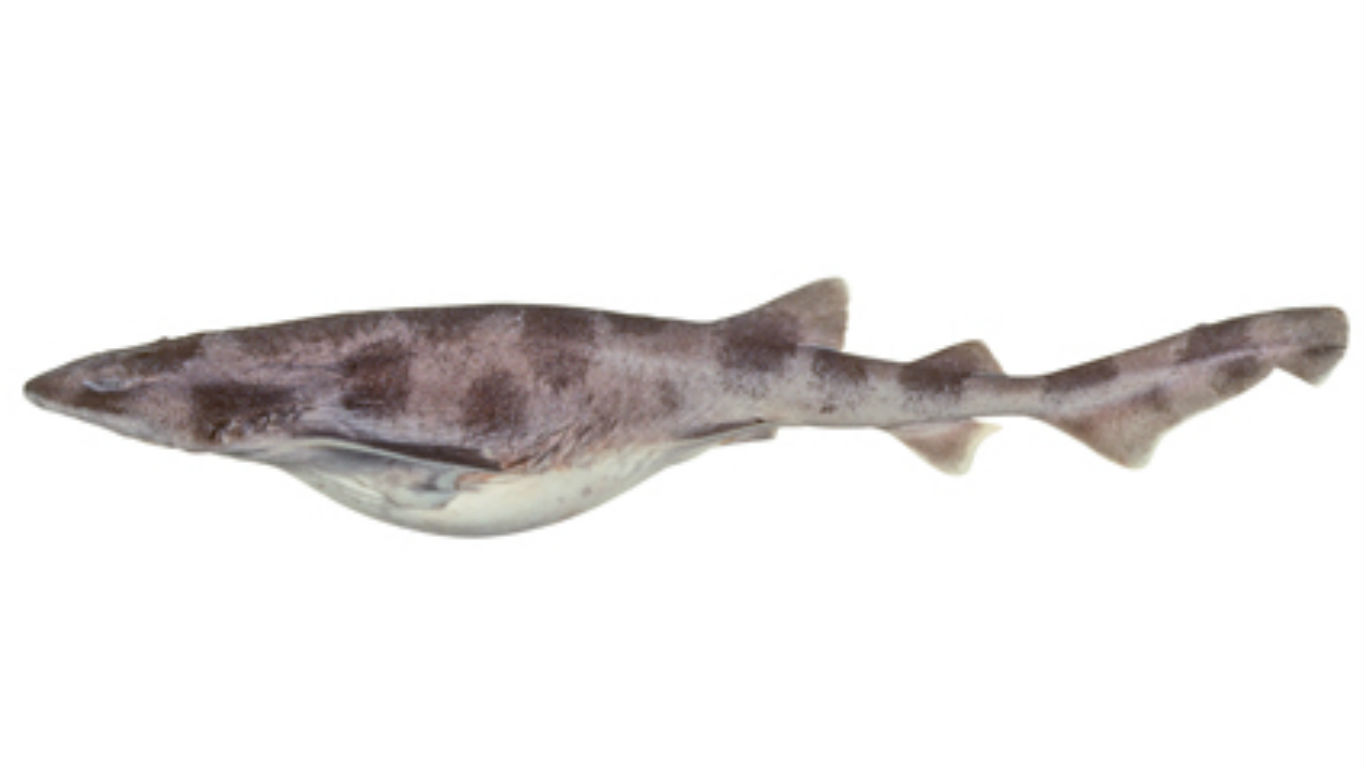
20. Whitefin Swellshark
> Scientific name: Cephaloscyllium albipinnum
> Animal type: Shark & rays
The iconic whitefin swellshark is on the brink of extinction. Found in Australia, the whitefin swellshark was classified as near threatened just a year ago. The shark’s IUCN status has changed this year to critically endangered, largely due to humans hunting them. Overall, about 100 million sharks are killed every year, often hunted for their fins.
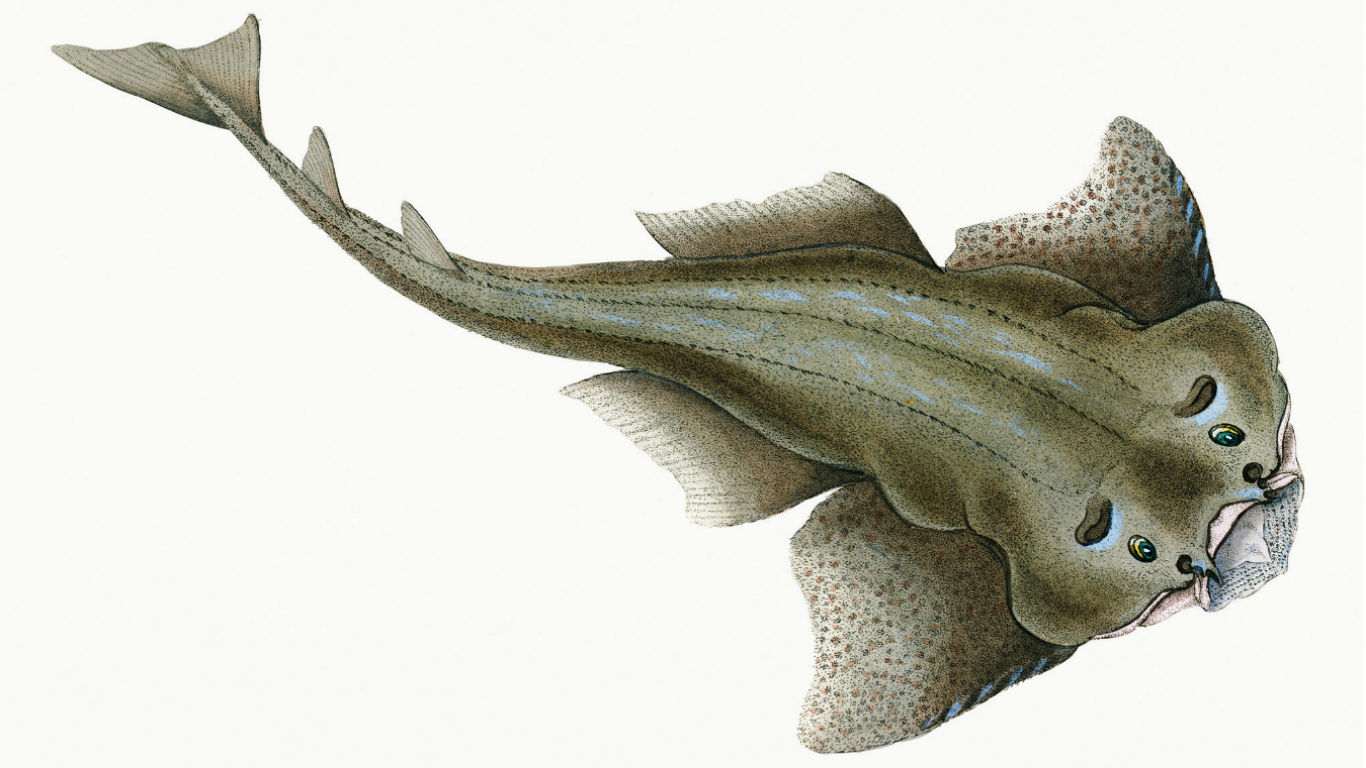
21. Argentine Angelshark
> Scientific name: Squatina argentina
> Animal type: Shark & rays
The Argentine angelshark was once found in the shallow tropical waters of the central Atlantic Ocean and Caribbean Sea. But the flat shark’s habitat range has decreased. The shark is no longer found in Brazil where it used to be common. The biggest threat to the species’ existence is bycatch in commercial fisheries. In 2017, the National Oceanic and Atmospheric Administration classified the species as endangered under the Endangered Species Act.
[in-text-ad]
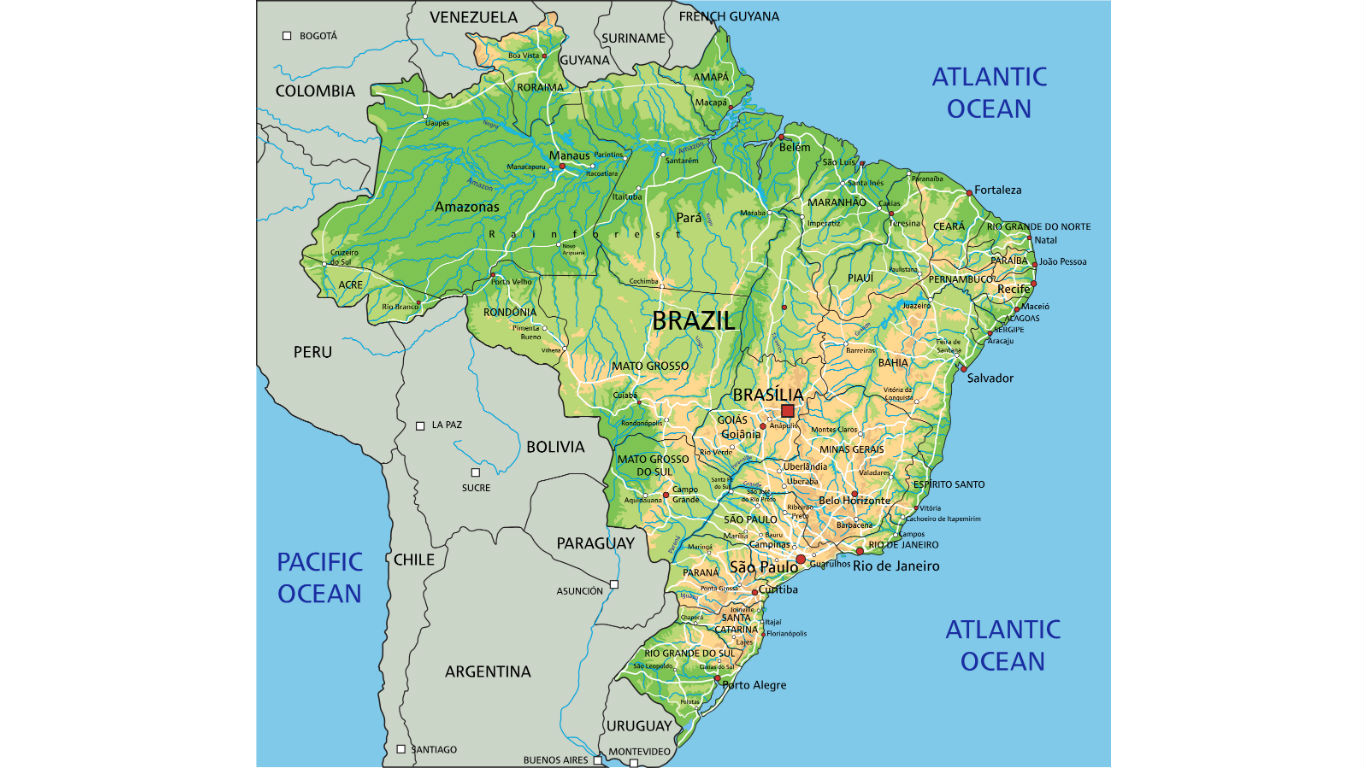
22. Hidden Angelshark
> Scientific name: Squatina occulta
> Animal type: Shark & rays
The hidden angelshark, a medium-sized shark, is native to the Southwest Atlantic waters from Rio de Janeiro to Buenos Aires. The species is especially vulnerable because of its relatively low reproductive potential. The gestation period for the shark species is about 11 months. The breeding cycle may take three to five years. The fishing of hidden angelsharks has been banned in Brazil since 2004, but the shark still often ends up as bycatch and is then taken to industrial and artisanal fisheries and sold in markets.

23. Red Orchid Bee Shrimp
> Scientific name: Caridina glaubrechti
> Animal type: Freshwater shrimp
The red orchid bee shrimp is one of five members of the caridina genus of freshwater shrimp that has been classified as critically endangered in 2019. The other four are mini blue bee shrimp, the yellow goldflake, the red line shrimp, and the Harlequin shrimp sulawesi. The red orchid bee is only found in Indonesia. The species is endangered mostly due to nickel mining and hydro-electric power installations on the outlet of Danau Matano, a lake in Indonesia.
Cash Back Credit Cards Have Never Been This Good
Credit card companies are at war, handing out free rewards and benefits to win the best customers. A good cash back card can be worth thousands of dollars a year in free money, not to mention other perks like travel, insurance, and access to fancy lounges. See our top picks for the best credit cards today. You won’t want to miss some of these offers.
Flywheel Publishing has partnered with CardRatings for our coverage of credit card products. Flywheel Publishing and CardRatings may receive a commission from card issuers.
Thank you for reading! Have some feedback for us?
Contact the 24/7 Wall St. editorial team.
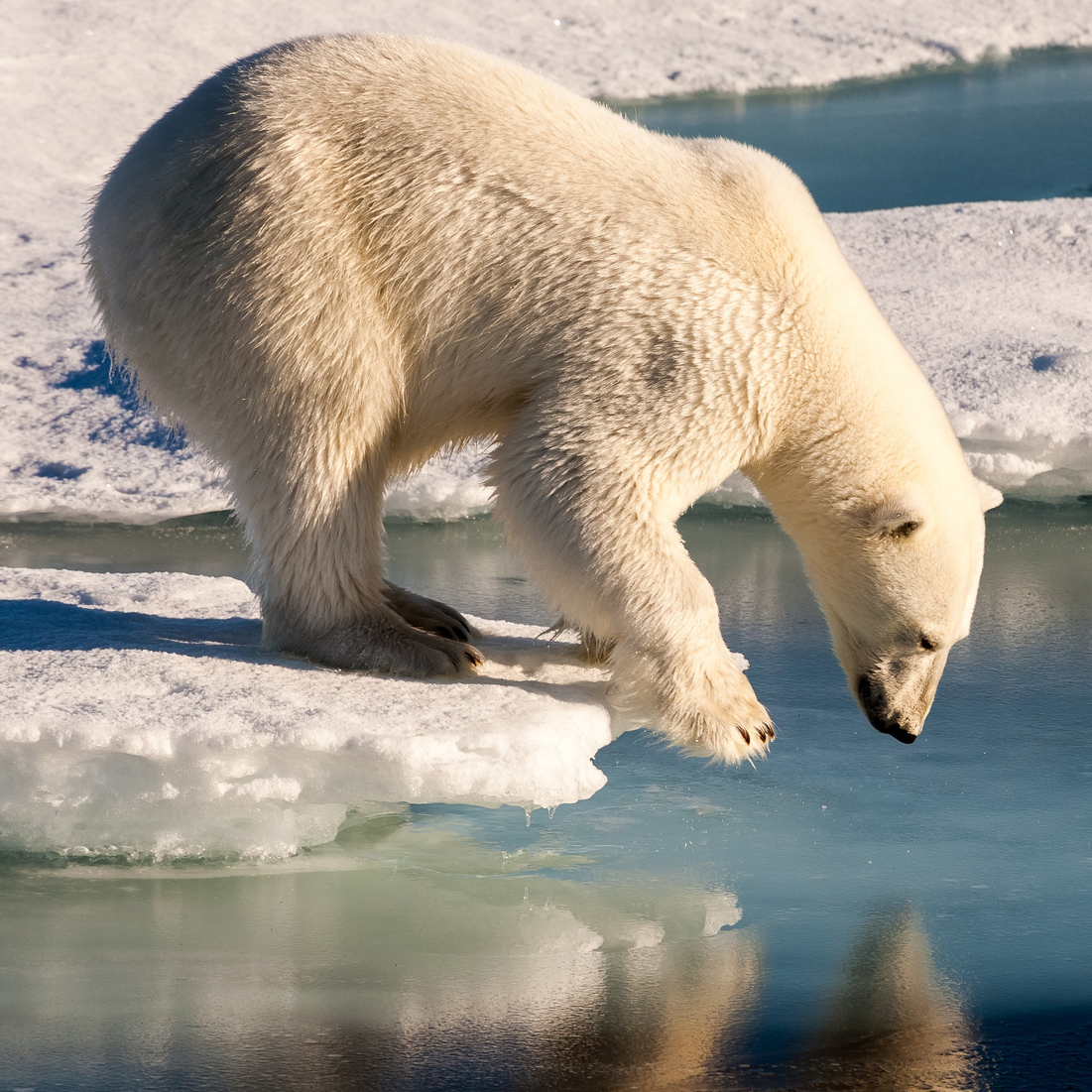 24/7 Wall St.
24/7 Wall St.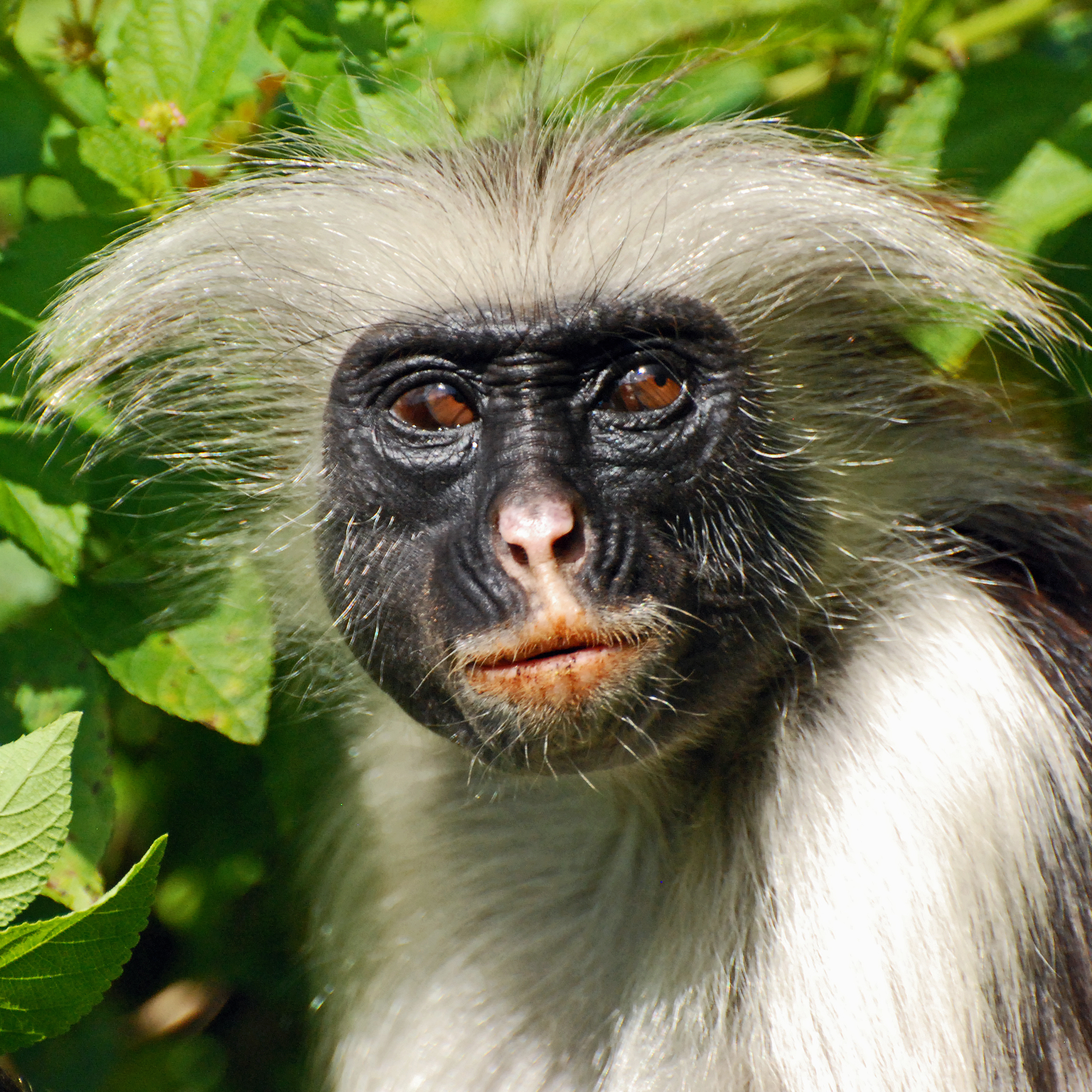 24/7 Wall St.
24/7 Wall St. 24/7 Wall St.
24/7 Wall St. 24/7 Wall St.
24/7 Wall St.

